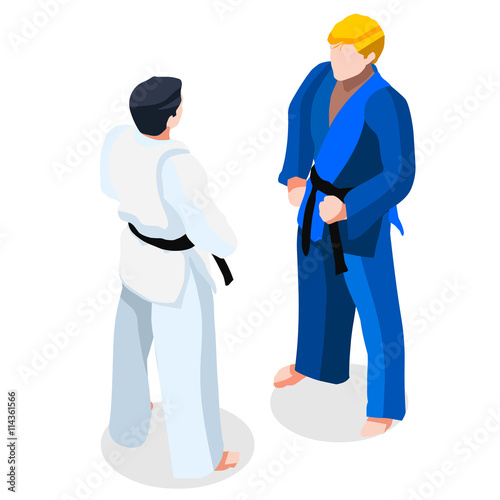Debunking The Different Martial Arts Designs: From Martial Arts To Taekwondo
Debunking The Different Martial Arts Designs: From Martial Arts To Taekwondo
Blog Article
Web Content Create By-Osman Weiner
Are you tired of sensation overwhelmed by the huge globe of fighting styles? With so many styles to pick from, it can be very easy to get lost in a sea of strikes, kicks, and mystical names. However anxiety not!
This conversation will certainly debunk the various fighting styles styles, taking you on a trip from the powerful strikes of Martial arts to the dynamic kicks of Taekwondo. Get ready to reveal the beginnings, techniques, and approaches behind these old art kinds.
So, tighten your belt and prepare to embark on an enlightening expedition into the fascinating globe of fighting styles.
Beginnings of Martial Arts Styles
The origins of martial arts styles can be mapped back to old worlds and their demand for self-defense and combat methods. Throughout history, different societies established their own distinct techniques of battling, each with its very own collection of strategies and viewpoints.
In China, for instance, fighting styles designs such as Martial art and Tai Chi were developed as a way of protection and enhancing physical and mental well-being.
In Japan, the samurai warriors developed styles like Karate and Judo, focusing on discipline, accuracy, and mastery of the body.
In a similar way, in Korea, Taekwondo emerged as a martial art highlighting high kicks, fast activities, and mental fortitude.
These very early human beings laid the structure for the varied range of fighting styles styles that exist today, each with its own abundant background and cultural value.
Techniques and Training Methods
To master fighting styles designs, experts have to discover numerous methods and training approaches.
Strategies are the specific movements and activities used in combat, such as punches, kicks, tosses, and blocks. Different martial arts designs have their own unique collection of strategies that professionals should understand via rigorous training.
Educating methods differ depending upon the style, yet they typically involve a mix of physical conditioning, drills, sparring, and forms.
Physical fitness is critical to develop stamina, adaptability, and endurance. Drills assist practitioners fine-tune their strategies and enhance their speed and accuracy.
Competing allows professionals to exercise their methods in a managed, sensible environment. Kinds, likewise referred to as kata, are cut-and-dried sequences of movements that assist practitioners develop muscle mass memory and focus.
Ideologies and Principles
Checking out the philosophies and concepts of martial arts styles can supply you with a much deeper understanding of your chosen technique. straight from the source fighting style has its very own special ideology and collection of assisting principles that shape the method it's practiced.
For example, Karate emphasizes technique, respect, and self-constraint. It teaches experts to concentrate their minds and bodies, enabling them to safeguard themselves while preserving a feeling of inner peace.
On the other hand, Taekwondo puts a solid emphasis on speed, dexterity, and adaptability. Its principles are rooted in the tenets of courtesy, stability, perseverance, self-discipline, and resolute spirit.
Final thought
Since you've discovered the beginnings, techniques, and approaches of various fighting styles styles, you have a deeper understanding of these ancient self-controls.
https://classes-for-kids-near-me99887.bloggip.com/33910780/our-comprehensive-overview-provides-valuable-understandings-and-factors-to-consider-to-help-you-make-an-informed-choice-and-discover-the-best-martial-arts-academy-for-your-demands , experimenting undeviating determination and emphasis, appearing boards with an effective strike.
Their trip showcases the commitment and toughness required to master a fighting style, reminding us that with discipline and perseverance, anything is feasible.
